So you want to start a desert watercolor painting. What things do you need to do and what things do you need to avoid so even as a beginner it will be breathtaking?
Disclaimer: THIS POST MAY CONTAIN AFFILIATE LINKS, MEANING I GET A COMMISSION IF YOU DECIDE TO MAKE A PURCHASE THROUGH MY LINKS, AT NO COST TO YOU. AS AN AMAZON AFFILIATE I EARN FROM QUALIFYING PURCHASES AT NO EXTRA COST TO YOU.
In this desert watercolor painting I painted, I use it to teach you the do’s and don’ts of watercolor. Yes, it will help you while painting this specific piece but it will also help you in any watercolor painting you do. Don’t miss out on this opportunity to improve your abilities.
You will learn basic watercolor techniques for a desert watercolor painting, cactus watercolor, desert landscape art, watercolor supplies, and much more!
After reading this post you will know what to do and not do for a desert watercolor painting.
The Do’s and Don’ts of a Desert Watercolor Painting
Watercolor Supplies Needed
– Pelikan Watercolor Paints
– Princeton Round 12 Watercolor Brush
– Princeton Neptune Round 2 Watercolor Brush
– Arches Watercolor Paper
Do…
1. Have a plan for the painting.
Sometimes it feels like cheating when there’s a reference photo you are looking at while painting. I don’t know why this is the case but don’t give into that feeling. It isn’t cheating. Numerous famous painters did and still use reference photos: Pablo Picasso, Edgar Degas, and even Disney animators will create animation off of photos (12 Reference Photos Behind Iconic Art).
Before you start your desert landscape art painting have a plan for what you are going to do. This should include composition, colors, plant life, and what you want the end piece to look like.
For this watercolor painting, I didn’t have a reference photo. I did a similar mountain range with wildflowers painting, but I wanted to make it desert-themed. The sunrise was easy to see because it wasn’t going to be very different. The horizon line wasn’t too difficult. I knew I wanted a tall butte and it just fell into place. I thought the color scheme would be the most difficult part, but the foreground with the cacti was much more tricky than I thought.
I had to decide what kind of cacti, how I was going to place them, and if there was going to be other shrubbery or rocks. To be honest my vision changed 4-5 times, and it didn’t really come into place until I started painting. But during this time I was doing lots of research looking at photographs and paintings of cacti.
I tell you this because it is possible to paint without a reference photo but it takes a lot of time, effort, creativity, and imagination to do. Sometimes that is what you are in the mood for, other times (most of the time for me) I want a straightforward painting where I know what to expect and what I need to do.
Learn how to utilize a reference photo in Oil Pastel Flowers in 7 Easy Steps.
2. Mix your colors before you start painting.
One of the worst things that can happen during watercolor is needing to do a wet-on-wet watercolor technique and then finding out you don’t have the right color mixed up. By the time you get the right color, the paper has dried too much.
Whether you like mixing your own colors or using pure colors, you need to have them in the well of water ready to use.
Don’t take this so far that you are mixing every single color for the entire painting all at once. This is unnecessary. However, do mix up the handful of colors you need for the section of painting you will be doing at that time.
For example, when I painted the sky I mixed up the pink, purple, yellow, orange, and blue colors before even touching the paper.
3. Trust the process.
There will be times during your desert watercolor painting that you will think “that looks awful” or “there’s no way that will turn out good”. During these times remind yourself that watercolor looks different when it is dry.
I find it helpful to step away while each layer is drying and do something else. That way when you come back to it it’ll be dry and you can assess it then.
If you have ever done a watercolor painting before you know that it can be deceiving. While it is wet you don’t love it, but once it dries you really like it. During the times when you hate this desert landscape art remember those other paintings that you struggled with but ended up turning out really well. Know that this painting will be the same way.
If this is your first watercolor painting, first welcome to watercolor! You will love it -most of the time ;). Second, please trust me when I say trust the process, it will turn out well if you do.
Are you wanting something simpler to test the process with? This fun and easy avocado watercolor is just the thing for you! Watercolor Art for Beginners – Cute and Easy Avocado Painting
4. Have fun!
Let the entire process be fun for you from the idea inspiration research to sketching it to mixing the paints to painting to finishing the desert landscape art. Find something to enjoy about every step and your love of watercolor will blossom like a cactus in a rain storm.
Don’t…
1. Forget to leave white space.
One of the most challenging watercolor techniques is simply leaving some of the paper unpainted. Because watercolor is transparent you need to paint lightest to darkest and the lightest color you will need is white (or the base layer). So in order to get white into your painting you must paint around the white areas.
This is a very simple concept but can be very difficult to execute. A helpful tip I have discovered to achieve the white space is to apply a thin layer of clean water onto the area I want to paint. Then I apply the colored water onto the clean water.
Mapping out the area with clean water helps me to not cover every surface of the paper because it is difficult to see where it’s at. When I paint the watercolor on it the color automatically goes where there is already water. Thus it is easy for me to not paint on the dry paper.
The arrows show the white areas in the painting. The top right arrow is an example of ‘white space’ between layers. As you can see the layer below has color but the top layer isn’t over the lower layer creating a lighter color.
2. Be afraid to create a new layer.
The very first layer of this desert watercolor painting is the light yellow wash. After that there are at least three layers for the sky, THREE for the landscape, and countless with the cactus watercolor.
Every time you let the paint dry is considered a layer. And that is the secret to watercolor painting.
Learn more about the magic that comes from layers in 3 Easy Steps for a Shark Painting.
3. Be one of those artists who never take a break.
It is easy to get into the depths of the painting and feel like you MUST finish it before you do anything else. In watercolor painting, along with in life, is NOT a healthy or good thing to do.
When you start feeling eye strain, backache, boredom, frustration, or any other thing that is not helpful take a break. Breaks can look like going to the bathroom, getting a snack, or coming back to the painting in a week.
The point is that when you aren’t feeling it the painting will show that. Please don’t ruin your painting by forcing it.
Bonus tip: If you don’t need to use your watercolor palette for another painting, let the water evaporate out. When you are ready to pick up the painting again just add water to the already mixed colors. Doing this saves time and paint because you won’t have to remix paint.
4. Overlook the magic of dry watercolor techniques.
There are two dry watercolor techniques used in this painting: dry on wet and dry on dry.
Dry on wet adds subtle details. For example the light areas of the large butte are dry on wet. You take dry paint (which is actually wet but only from a slightly wet brush) and apply it to your painting when the paint is shiny but not dripping. The dry paint will disperse into the wet paint but it will still stand out.
The dry on dry technique adds sharp details. You can see this in the watercolor cacti. Take dry paint and use it on dried watercolor paint.
Dry techniques are best when using dark colors so that they show up. This is still intimidating for me but it is where you need to trust the process most. I promise you that after you add those dark details your painting will look so much better!
50 Simple Watercolor Painting Ideas
5. Give up!
There comes a time in many paintings when you may want to give up. You think that it is too far gone to salvage. The hard truth is that you can’t make that judgement until the painting is finished. If you aren’t finished with it then you don’t give up. Keep giving it a chance, more importantly give yourself a chance!
This post is all about the do’s and don’ts of creating a desert watercolor painting.
Other posts you will enjoy:
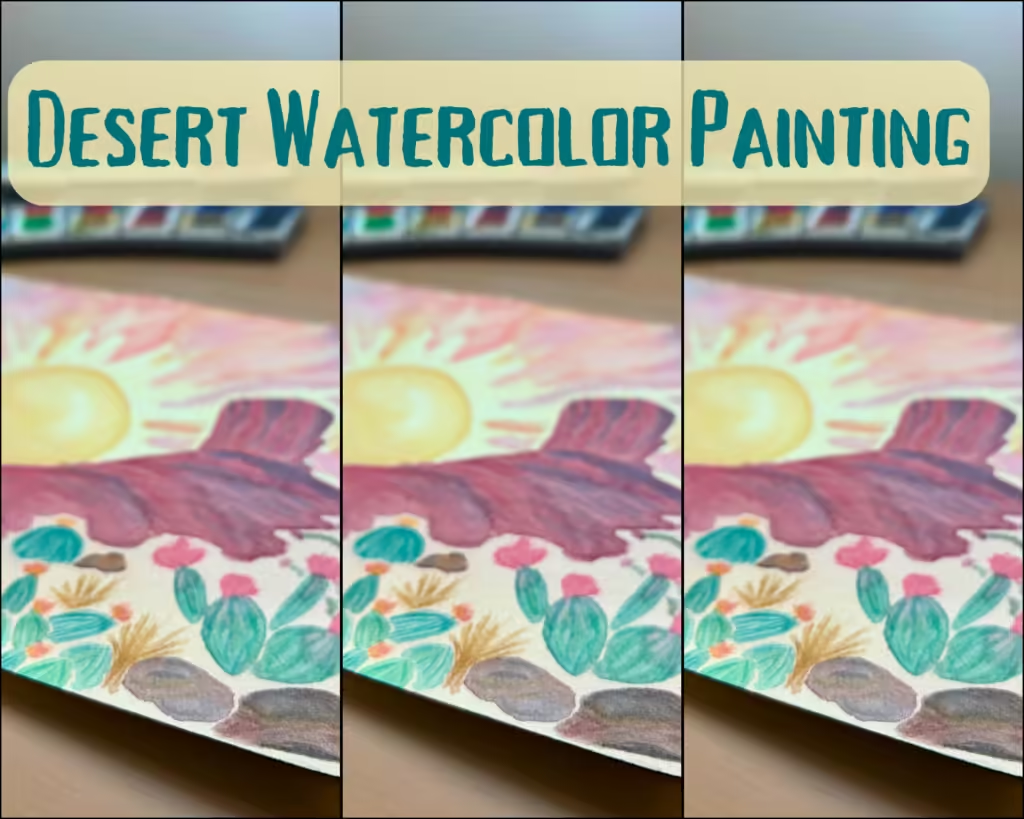
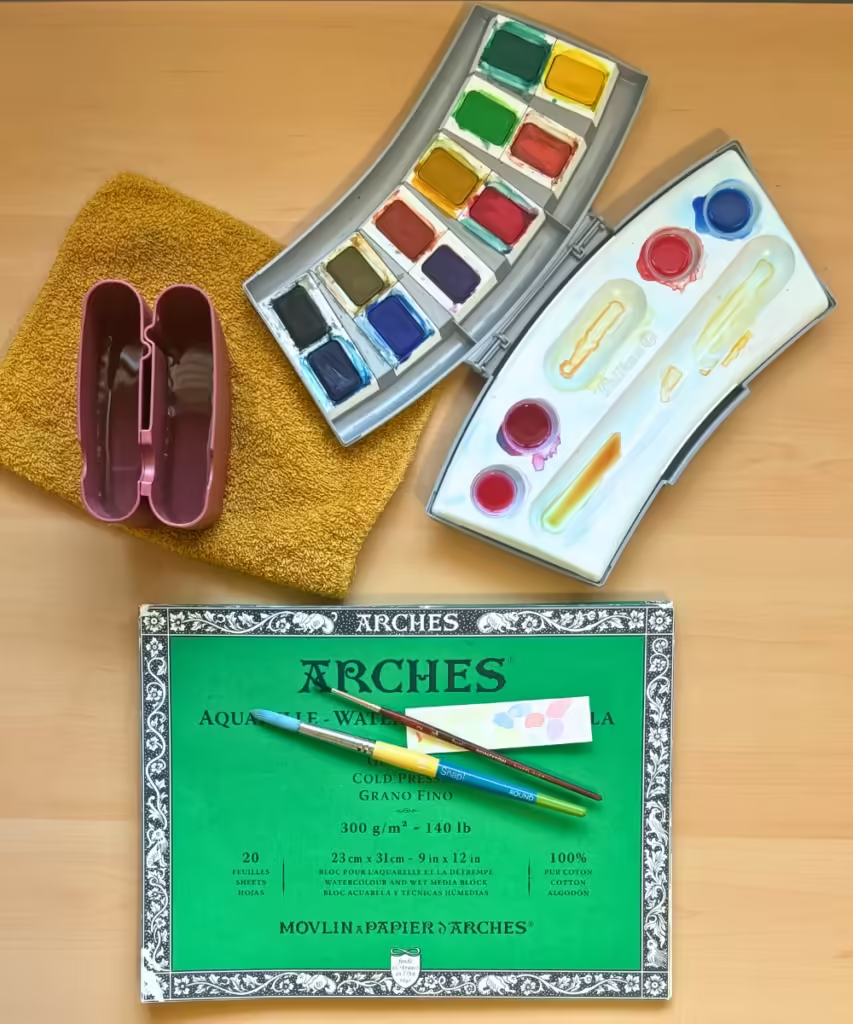
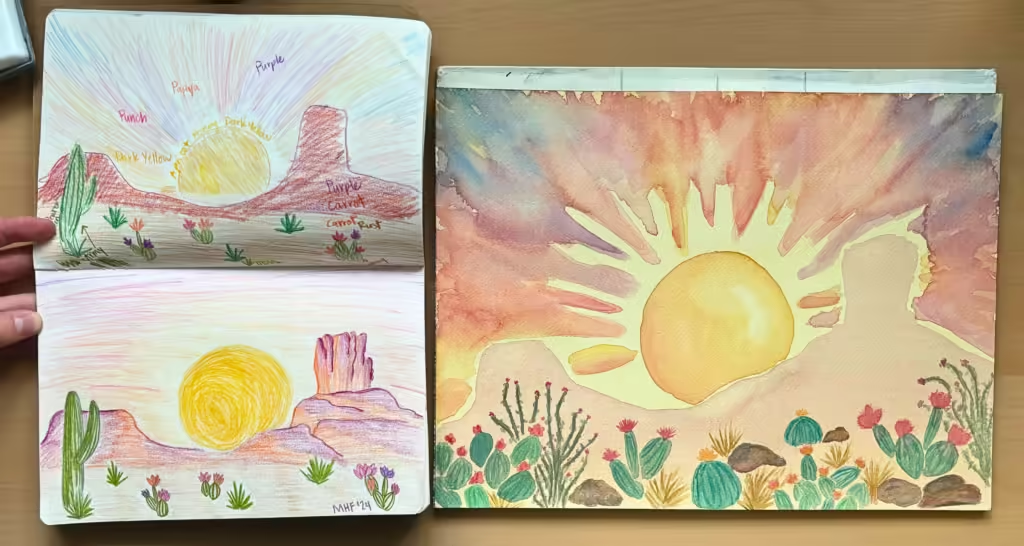
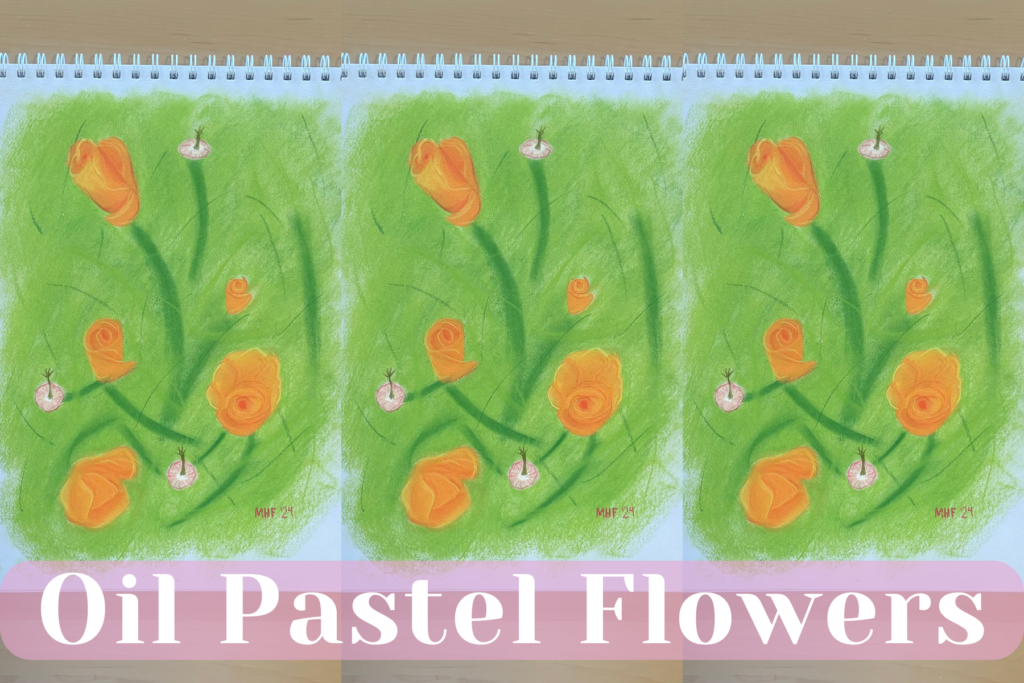
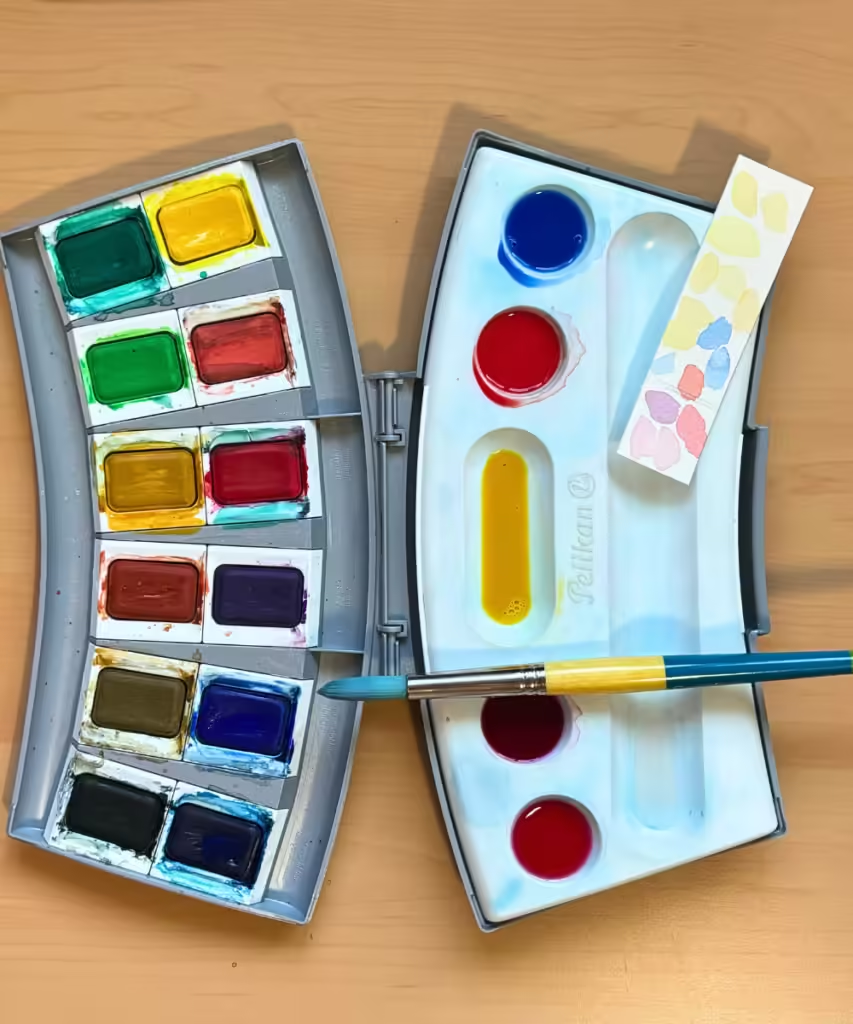
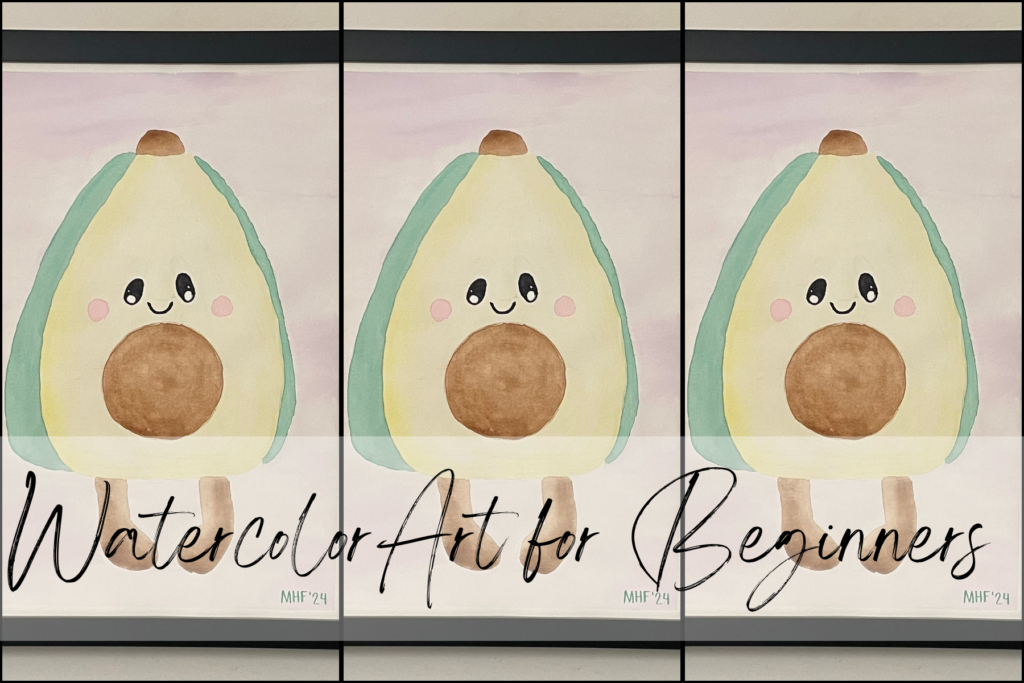
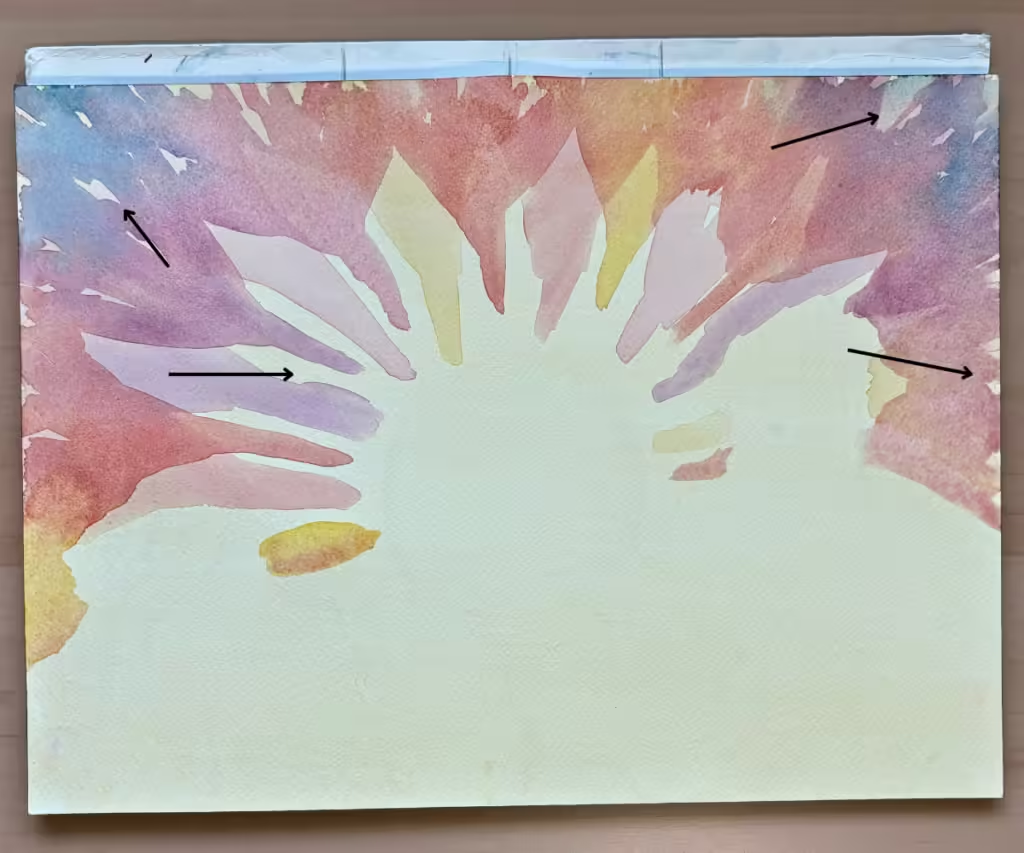
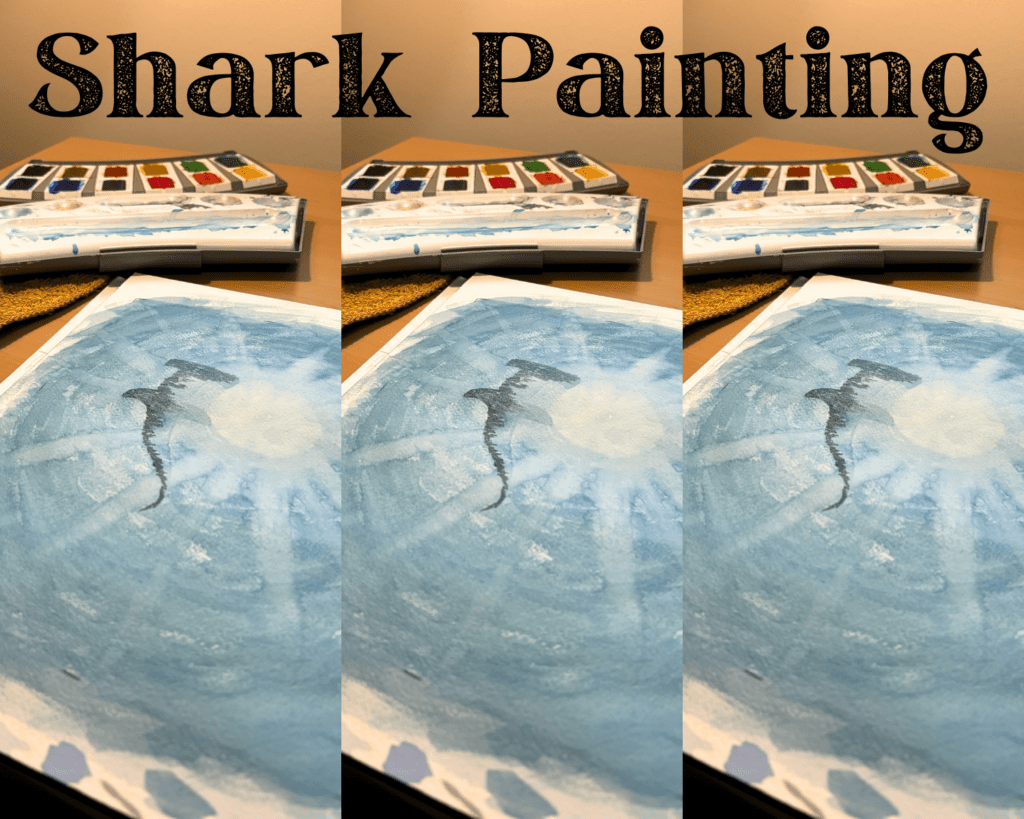
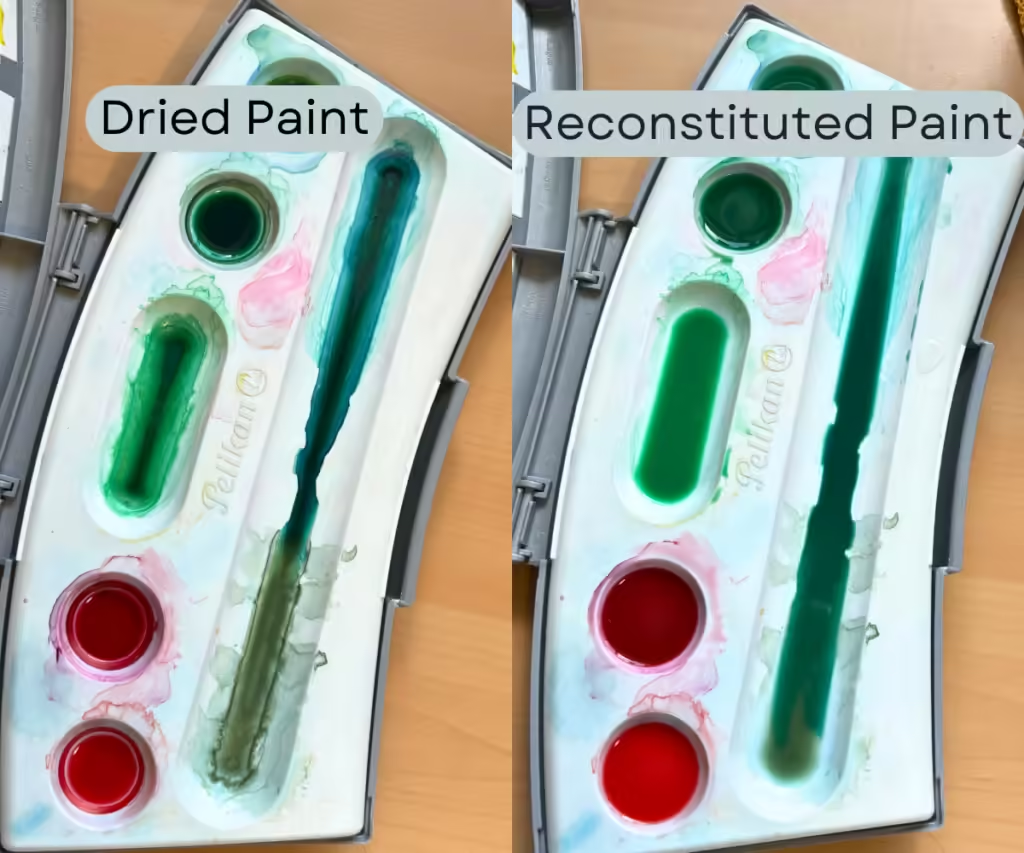
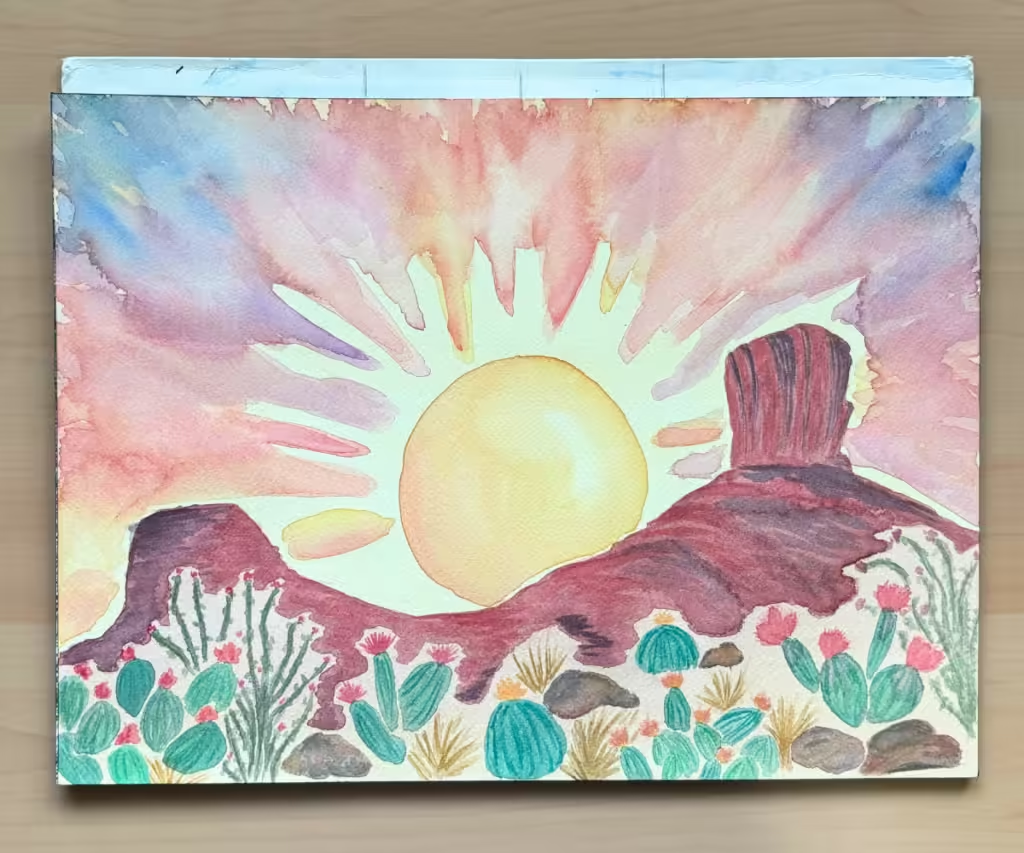

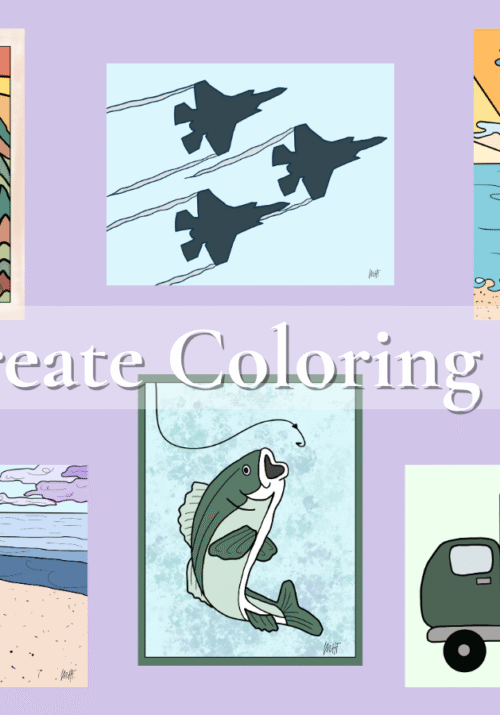



Leave a Reply